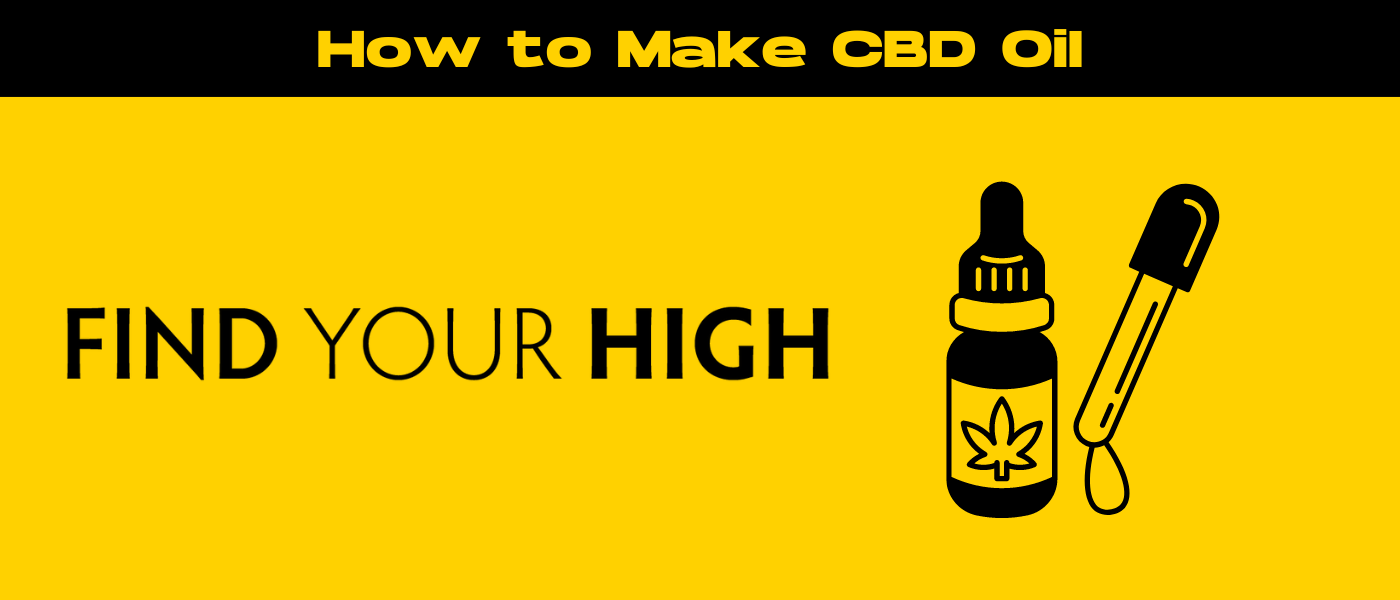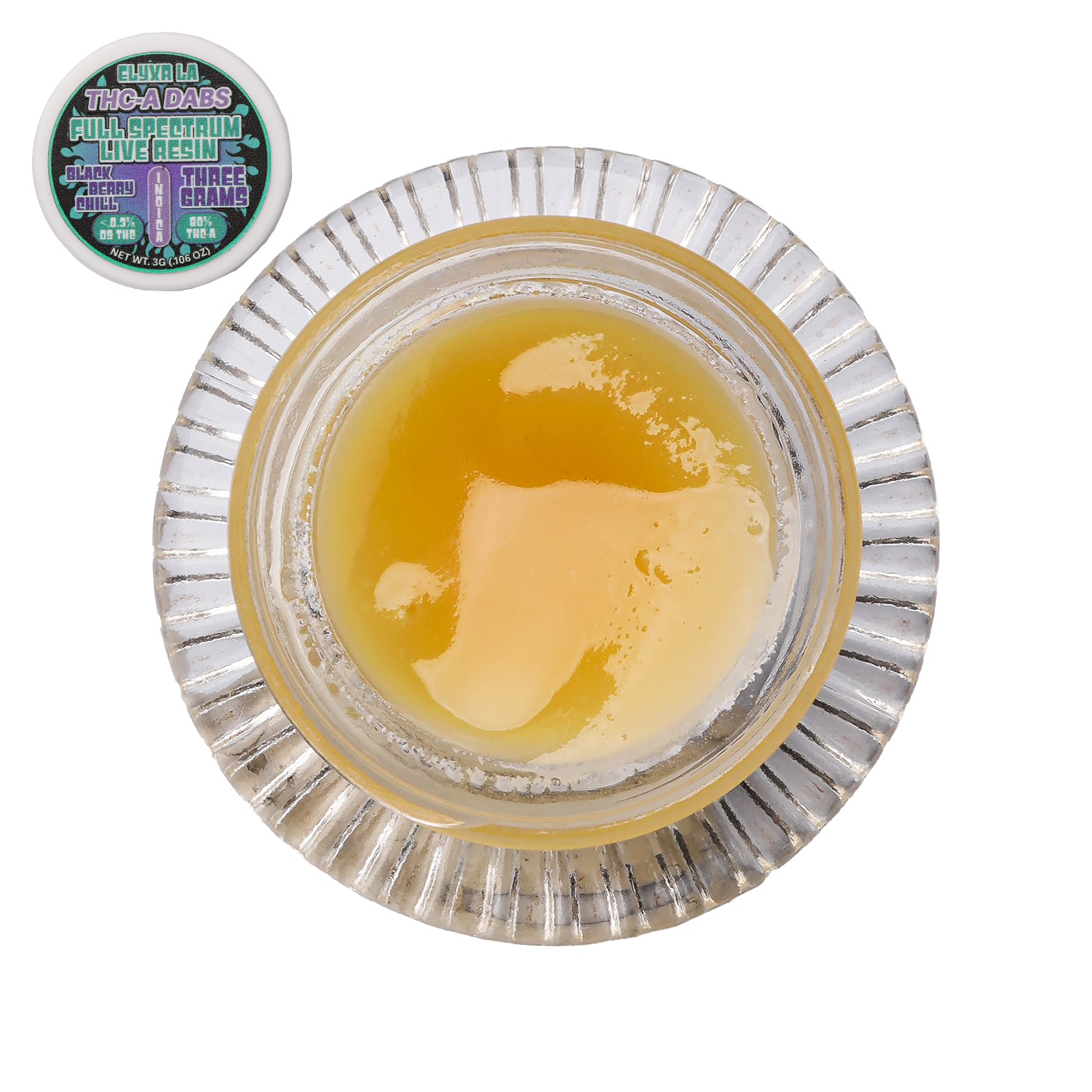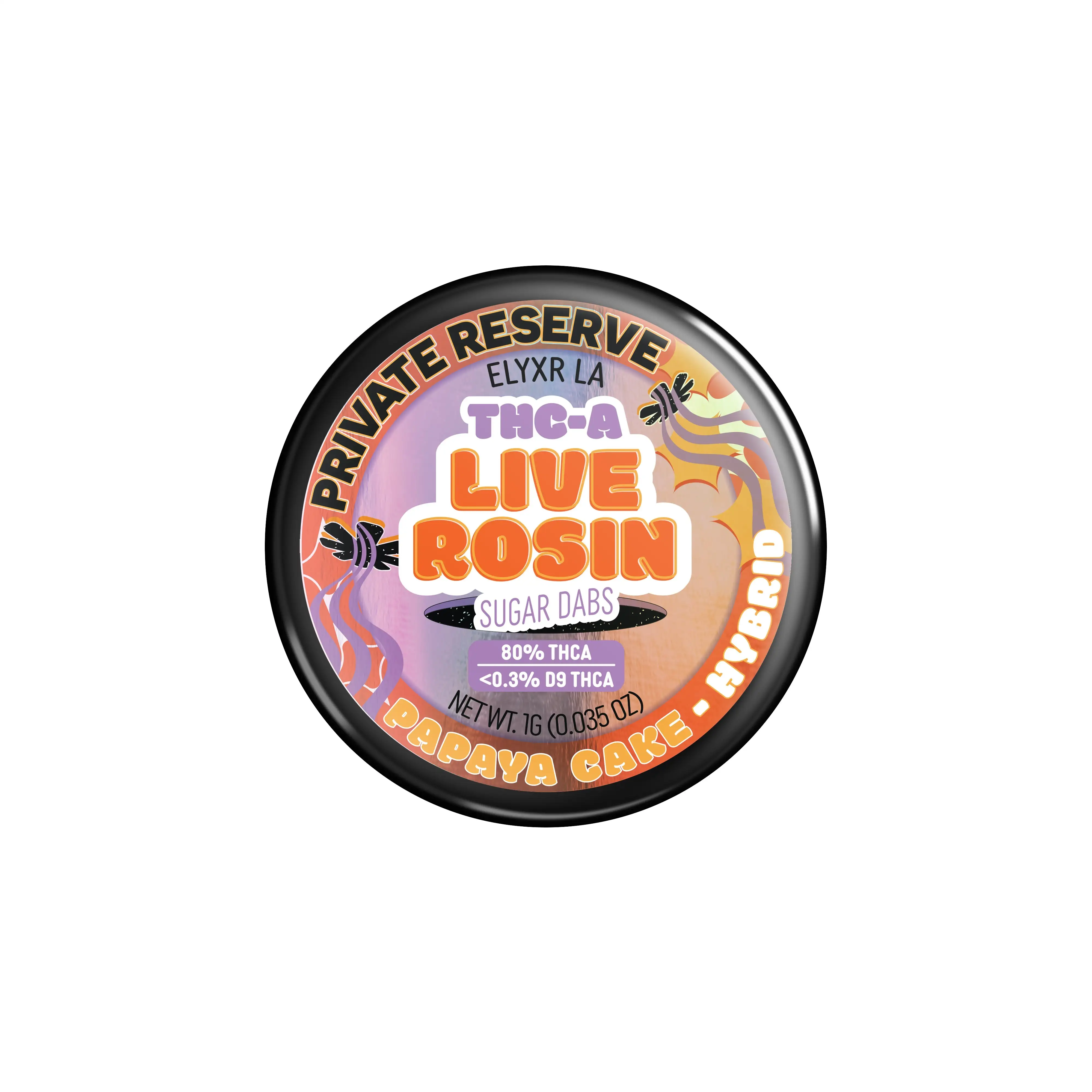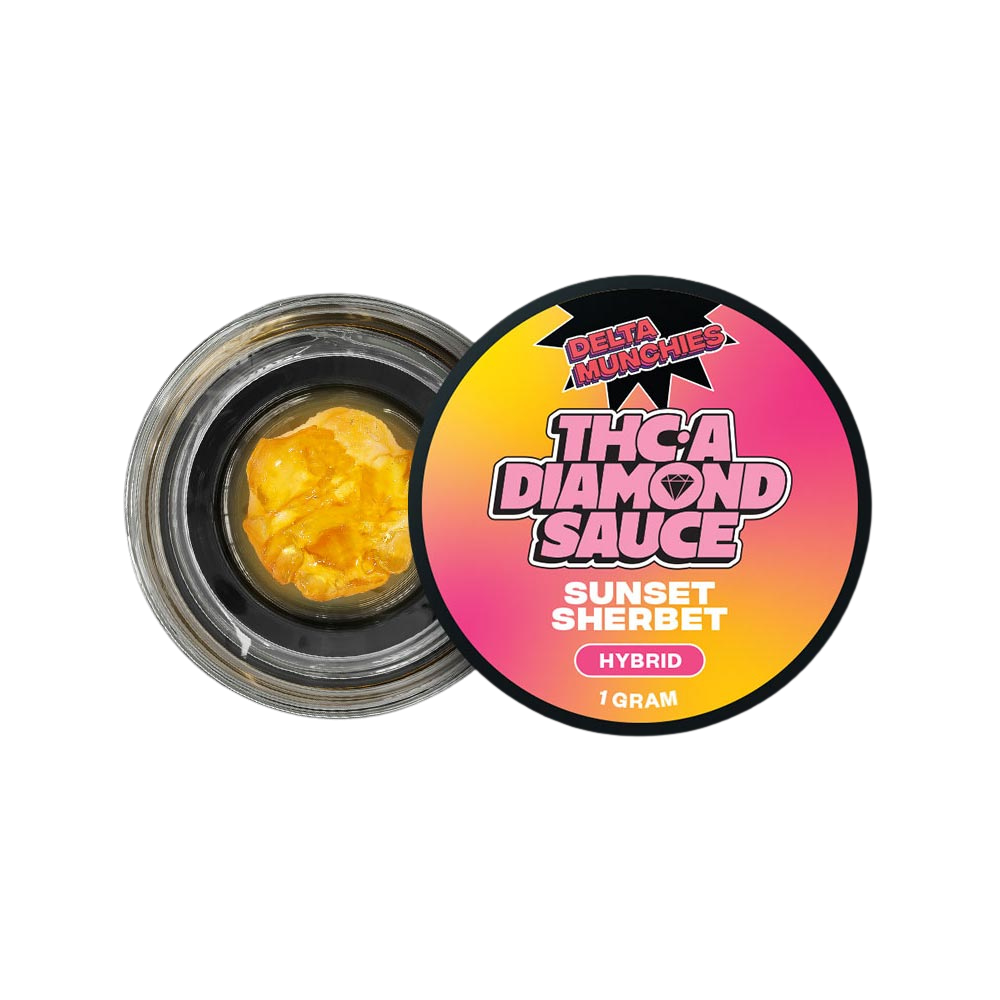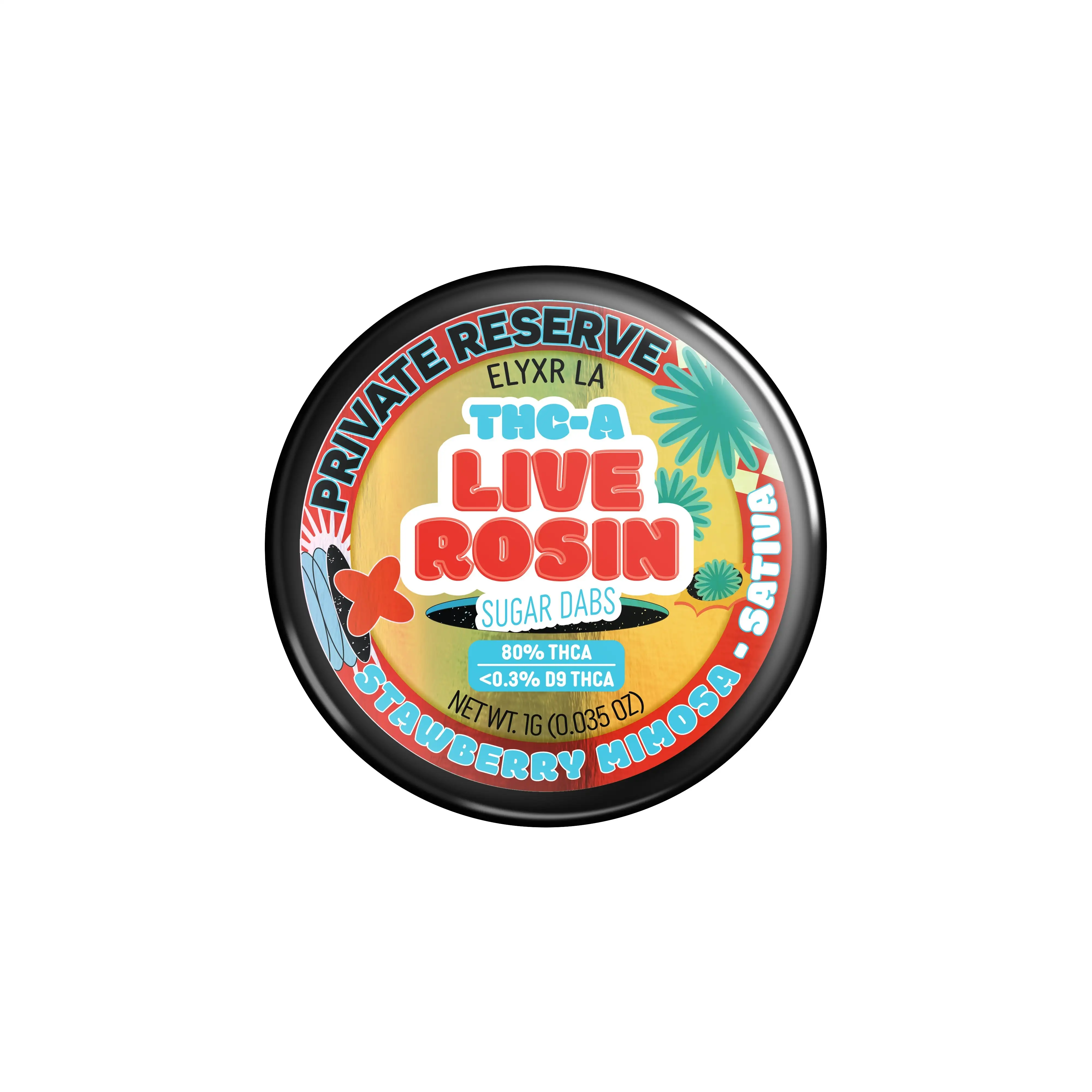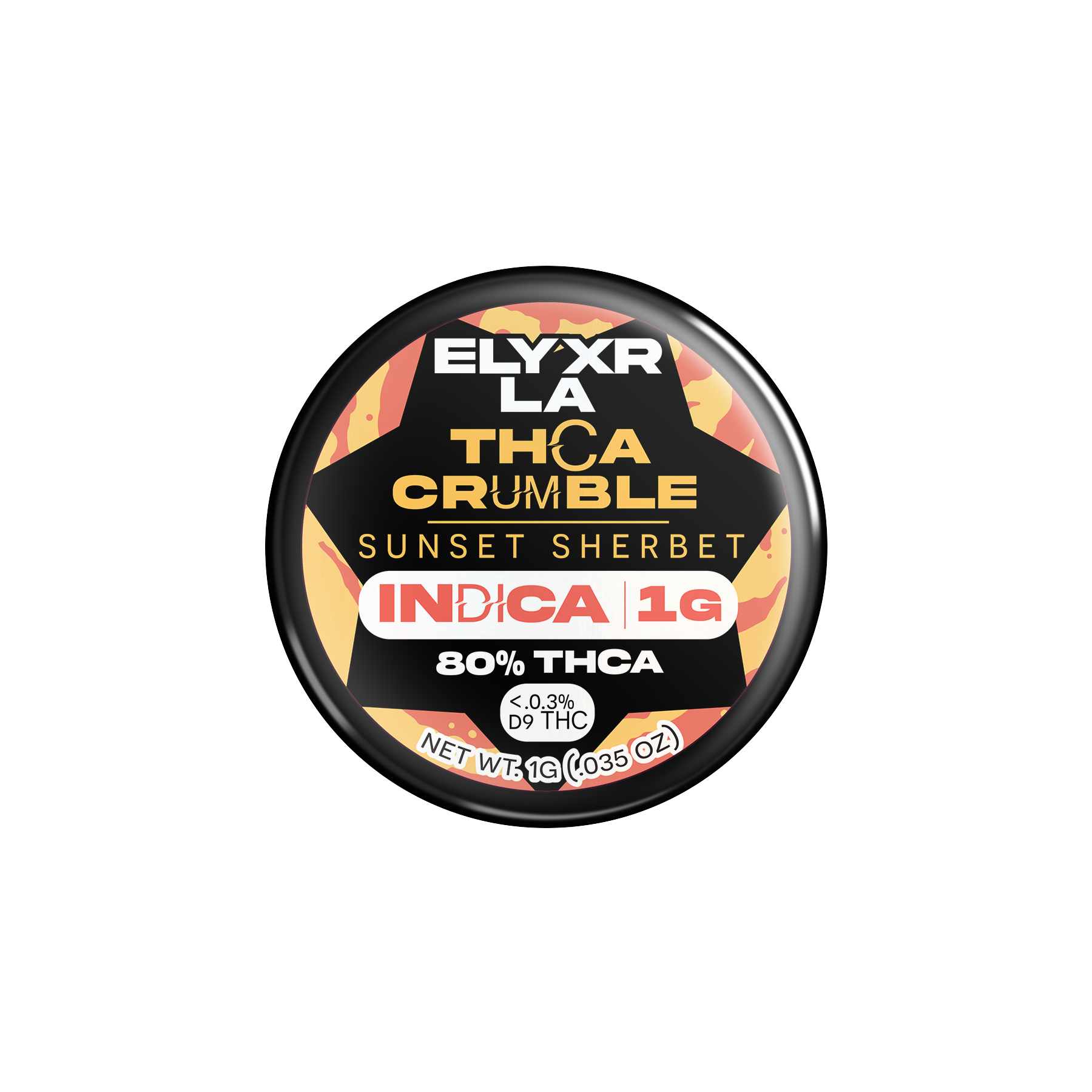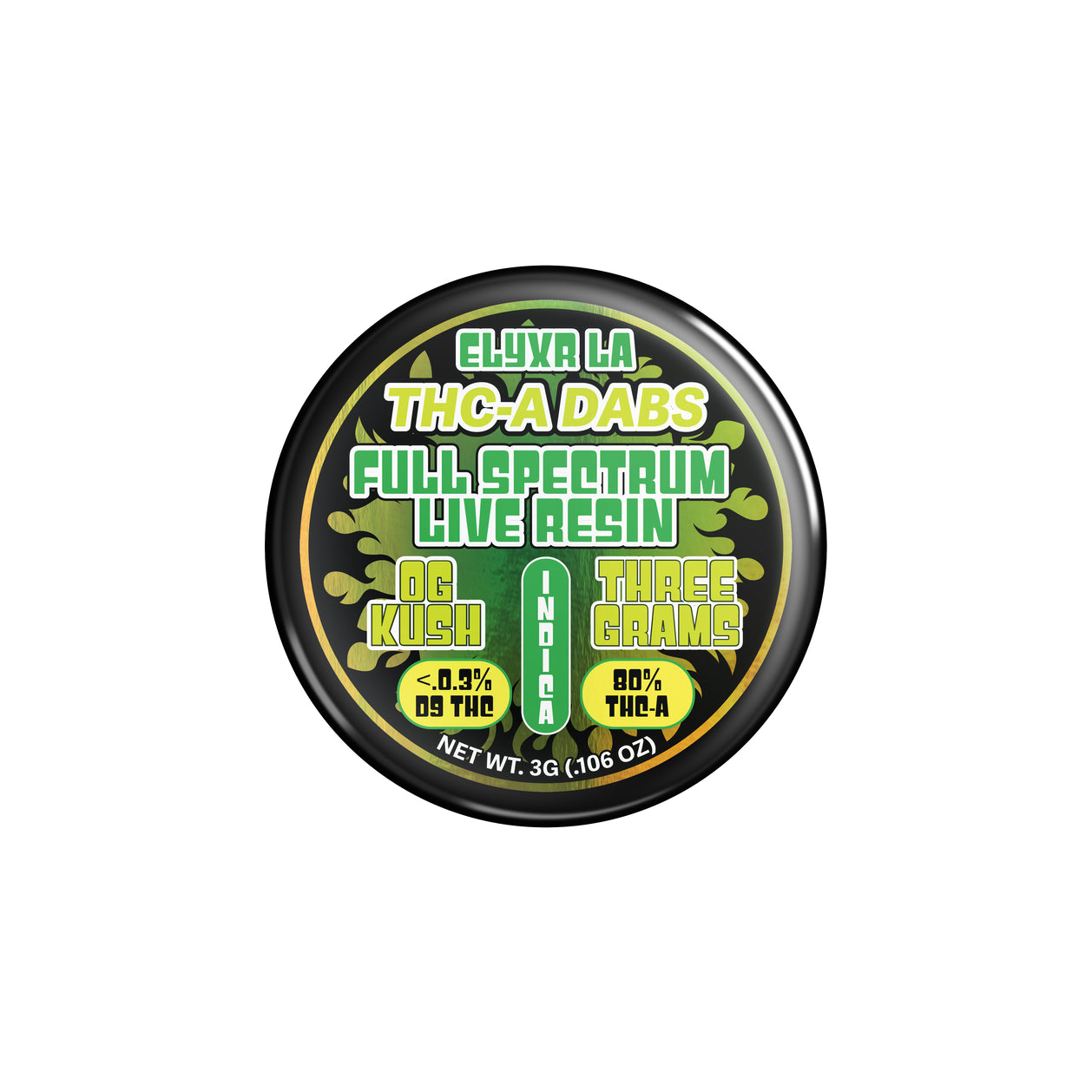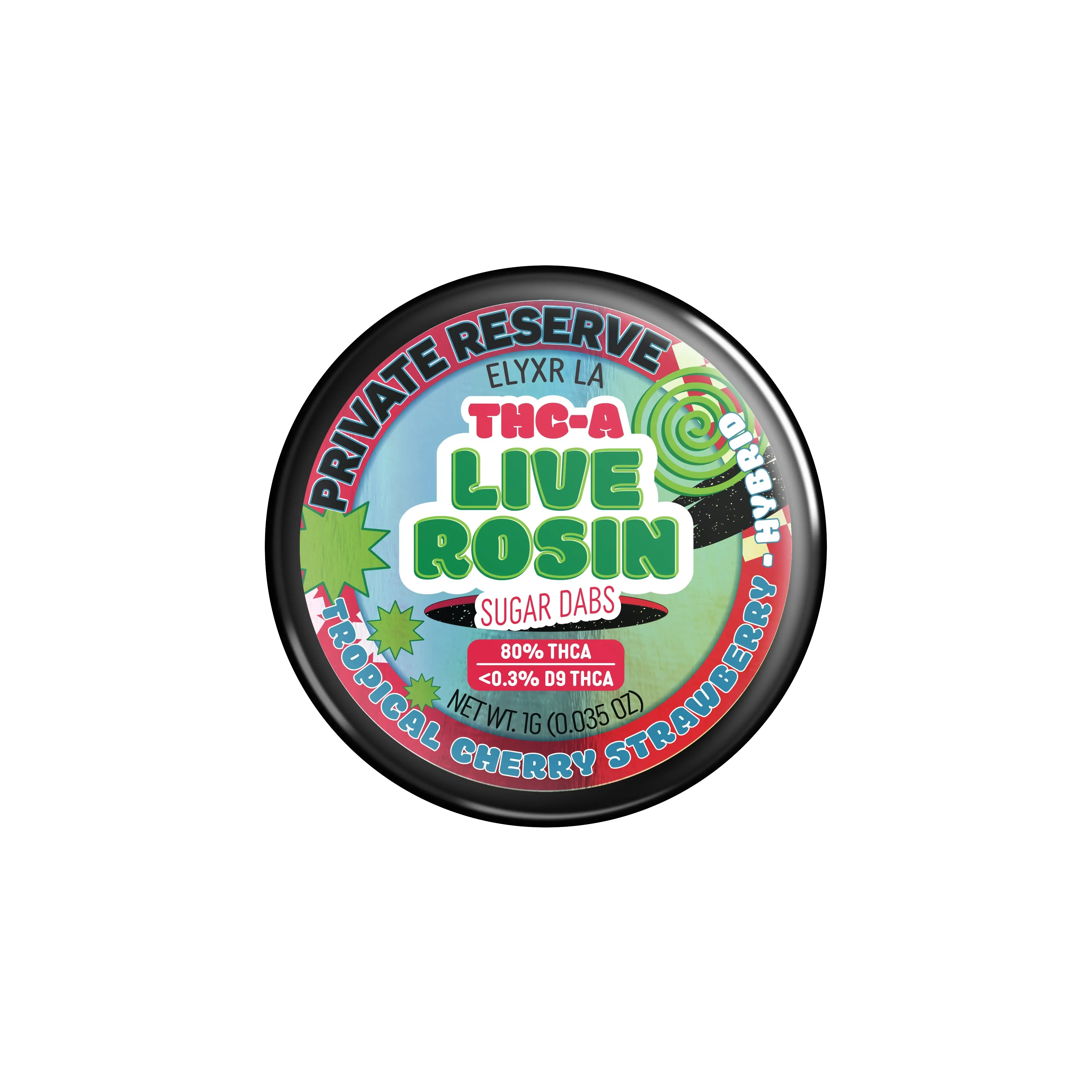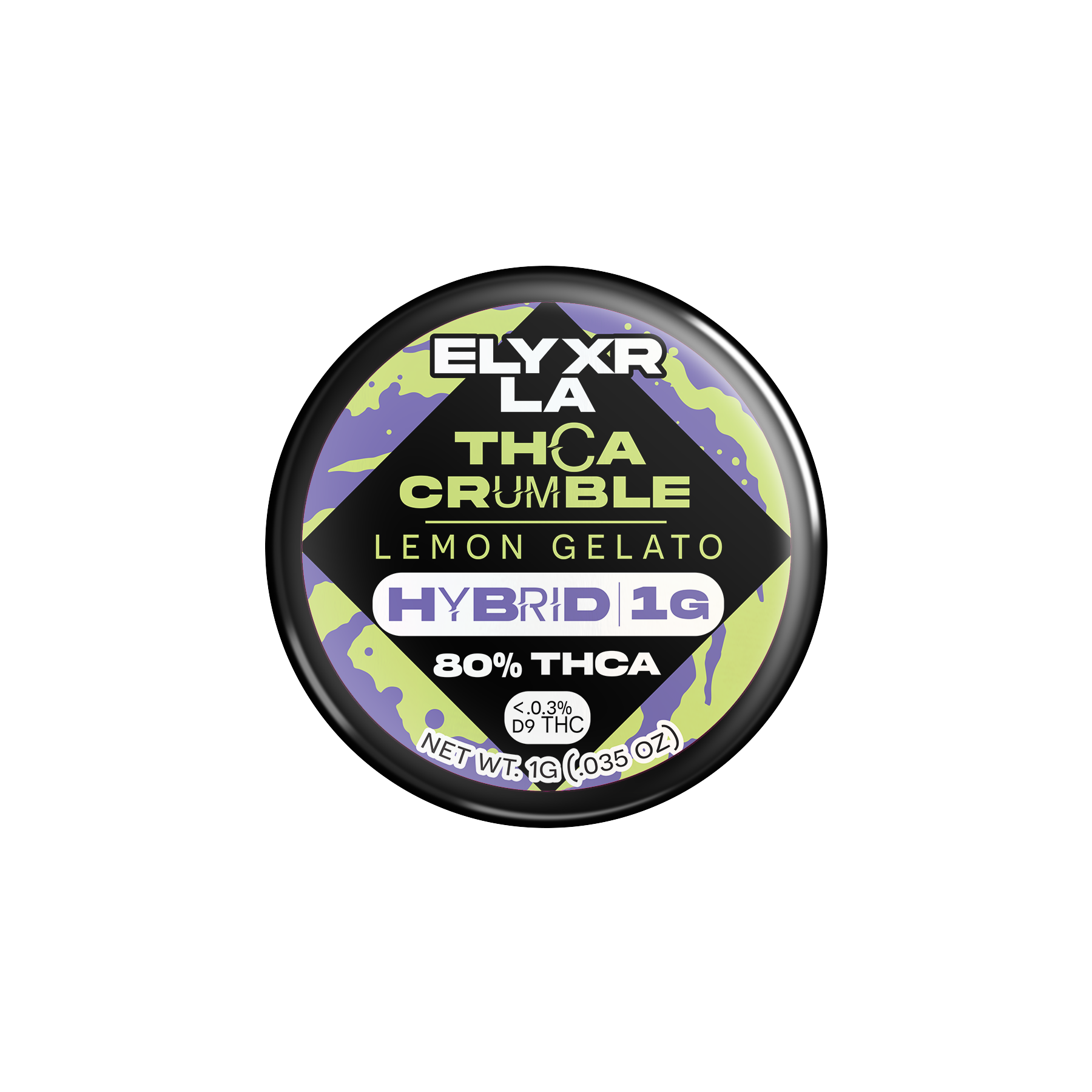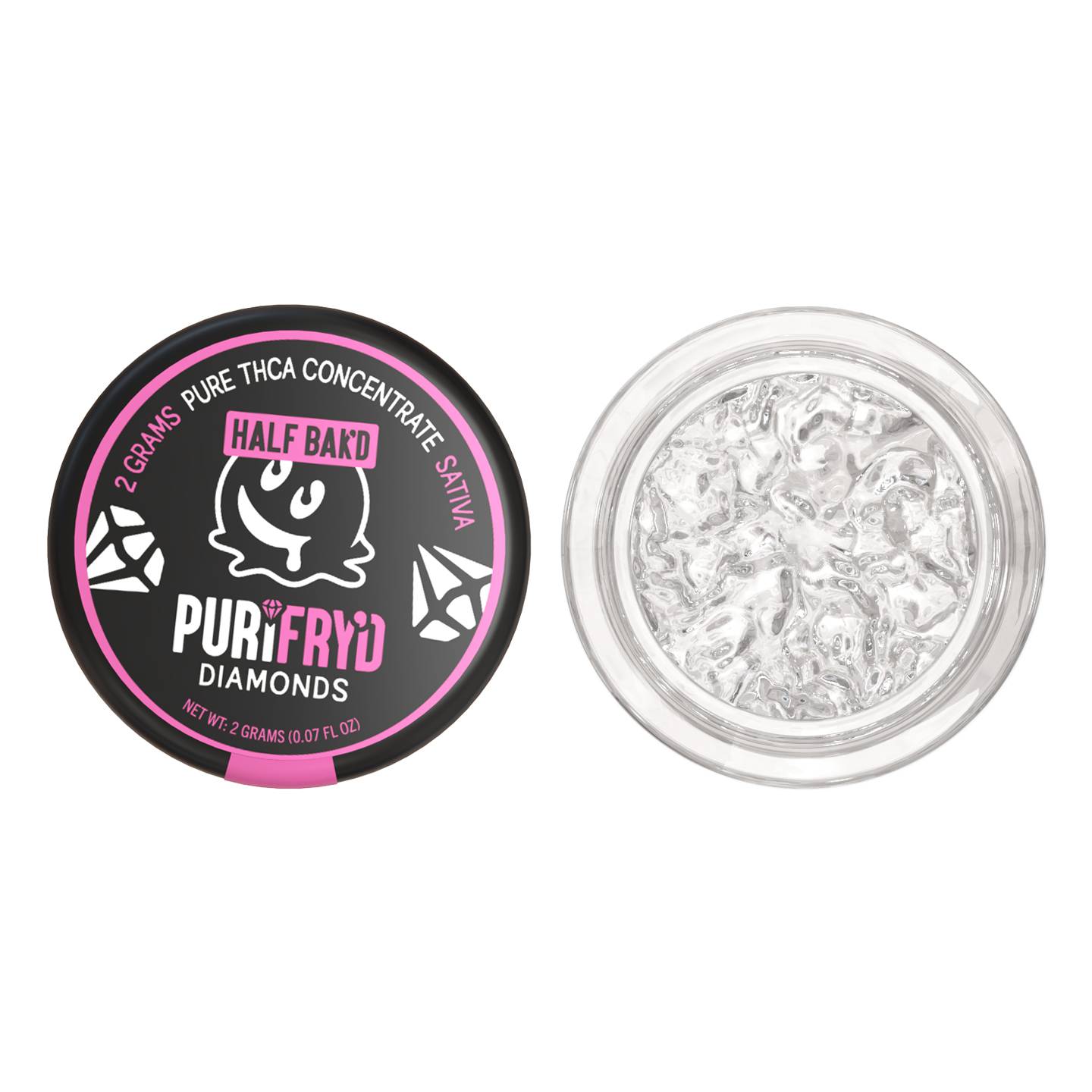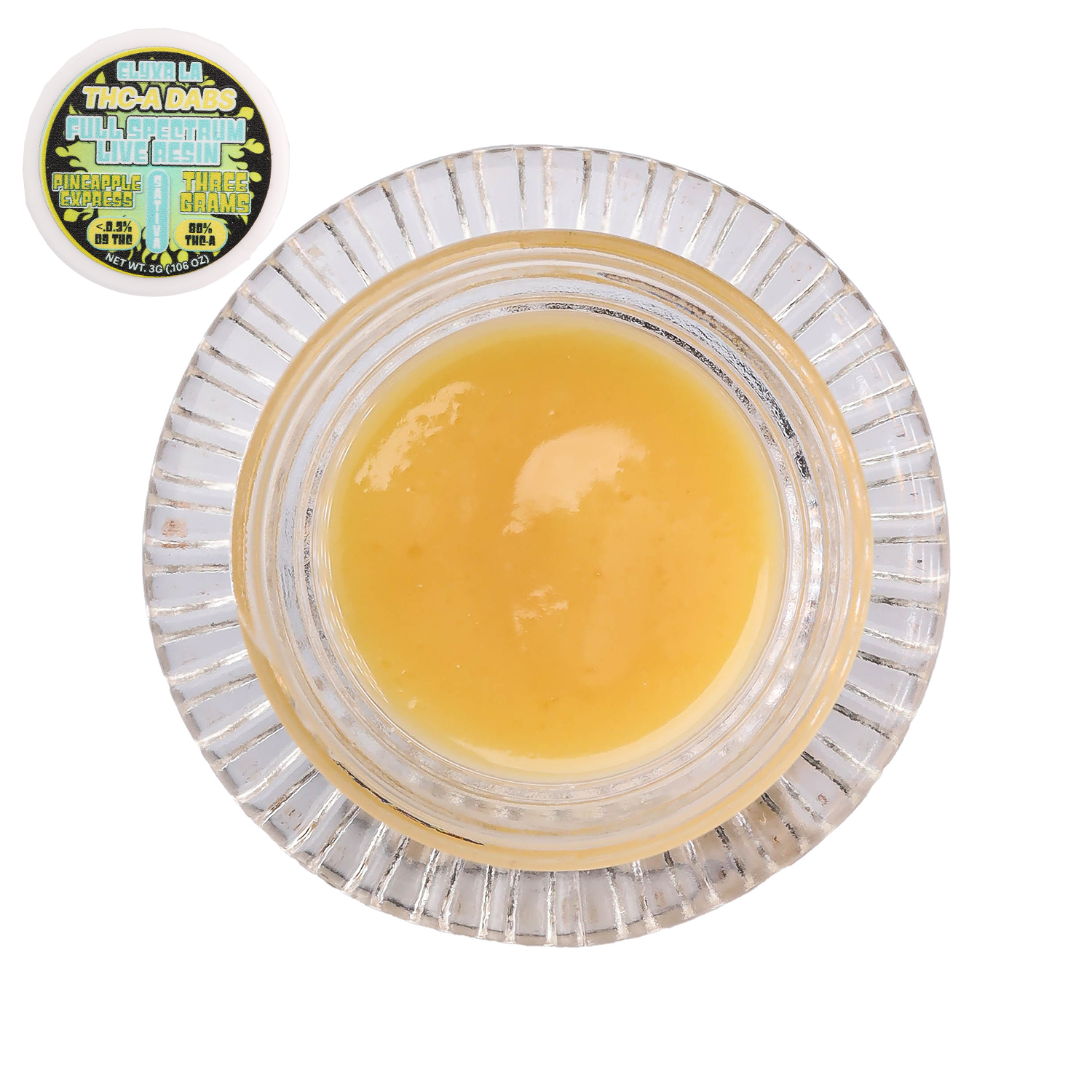Making your own CBD oil might sound like something best left to professional labs or cannabis connoisseurs, but in reality, it’s surprisingly doable—and even enjoyable—for anyone willing to get a little hands-on. Whether you’re a wellness enthusiast, a curious DIY-er, or just someone trying to save a few bucks, learning how to make CBD oil at home puts you in control of quality, strength, and ingredients.
In this guide, we’ll walk through everything you need to know to create safe, effective CBD oil from scratch—including tools, techniques, and common pitfalls to avoid. Let’s get into it!
What Is CBD Oil?
CBD oil is a natural hemp extract made by infusing cannabidiol (CBD)—a non-intoxicating compound found in cannabis—into a carrier oil like MCT or olive oil.
It’s most commonly sourced from hemp, a variety of cannabis that contains less than 0.3% THC (the psychoactive compound in marijuana). CBD infused oil has gained widespread popularity for its potential to ease anxiety, reduce pain, improve sleep, and support overall wellness—without the high.
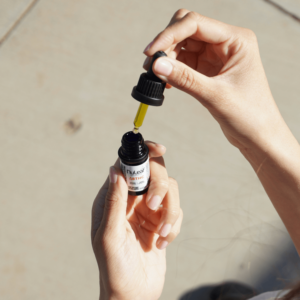
Is It Legal to Make CBD Oil at Home?
Short answer: yes, as long as it’s hemp-derived. Under the 2018 Farm Bill, it’s federally legal to use hemp that contains less than 0.3% THC to make products like CBD oil. However, the legality of processing and possession can vary by state, so it’s a good idea to double-check your local regulations.
Also, make sure you’re sourcing your hemp flower from a reputable, legal supplier that provides third-party lab testing. This ensures compliance—and peace of mind.
Key Ingredients You’ll Need
Before we dive into the actual process, you’ll want to gather a few essential ingredients. Fortunately, most of them are easy to find online or in health food stores:
- CBD-rich hemp flower (high in CBD, low in THC)
- Carrier oil (MCT oil, olive oil, hemp seed oil—your choice)
- Optional: natural flavorings like vanilla, mint, or essential oils
The star of the show is your hemp flower, so choose wisely. Look for well-cured, lab-tested buds from a reliable supplier that specializes in CBD hemp.
Essential Equipment for the Process
You don’t need a fancy lab setup to make great CBD oil, but a few kitchen tools or cannabis accessories will make the process easier and more effective:
- Grinder or scissors (to break up your hemp)
- Baking tray and oven (for decarboxylation)
- Double boiler or mason jar + saucepan setup (for oil infusion)
- Cheesecloth or fine mesh strainer
- Glass dropper bottles or jars (for storage)
Make sure everything is clean and food-safe—especially your straining tools and storage bottles.
Understanding Decarboxylation
Decarboxylation might sound like chemistry class, but it’s a crucial step in making effective CBD oil. When raw hemp flower is harvested, it contains CBDA—not CBD. To activate the CBD, you need to heat the flower at a specific temperature to cause decarboxylation. This process “activates” the cannabinoids, making them bioavailable (a.k.a. usable by your body).
Here’s how to decarb your hemp:
- Preheat your oven to 240°F (115°C)
- Break your hemp flower into small pieces
- Spread evenly on a baking sheet
- Bake for 35–45 minutes, gently stirring once or twice
Once done, your hemp should be dry and lightly golden. Don’t skip this step—it makes all the difference.
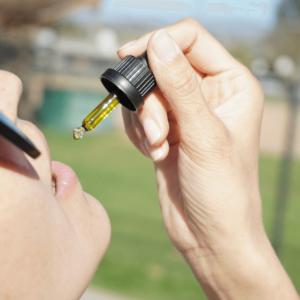
Choosing the Right Carrier Oil
CBD needs to bind with fat to be absorbed into the body, which is why choosing the right carrier oil is so important. Here are a few popular options:
- MCT oil: Extracted from coconut oil, MCT is a favorite because it’s flavorless and has high bioavailability.
- Olive oil: A kitchen staple, olive oil adds a natural, earthy flavor and is rich in antioxidants.
- Hemp seed oil: Not to be confused with CBD oil, this is pressed from hemp seeds and is packed with omega-3s—but has a stronger taste and shorter shelf life.
MCT oil tends to be the go-to for homemade CBD oil tinctures due to its neutral flavor and long-lasting stability.
How to Infuse CBD into Oil (Slow-Heat Method)
Once your hemp is decarboxylated, it’s time to infuse the cannabinoids into your chosen carrier oil. This is the most time-consuming step, but also where the magic happens.
Steps:
- Place your decarbed hemp in a mason jar.
- Pour in just enough oil to fully submerge the plant material.
- Seal the jar loosely and place it in a pot of simmering water (low heat, double boiler style).
- Let it infuse for 2 to 3 hours, keeping the temperature between 160–200°F (70–93°C).
- Stir occasionally and monitor to ensure it doesn’t boil.
- After 2–3 hours, remove from heat and let cool.
This slow, gentle heating helps draw out the beneficial cannabinoids and terpenes without burning them off, which creates a smooth CBD extract.
Straining and Storing Your CBD Oil
Once the cannabis oil has cooled, strain it to remove the spent plant material. Use cheesecloth or a fine mesh strainer and pour the oil into a clean jar or bottle. Avoid squeezing the material too hard—it can introduce bitterness and excess chlorophyll into your oil.
Store your finished CBD oil in a dark glass bottle in a cool, dry place. Shelf life is typically 6 months, but refrigeration can help extend it even further.
Dosing: How Potent Is Homemade CBD Oil?
This is where things get a little tricky. Without lab testing, it’s impossible to know the exact potency of your homemade CBD oil—but you can make a rough estimate based on the CBD content of your hemp flower.
Let’s say your flower contains 15% CBD:
- 1 gram of flower = 150mg of CBD
- If you use 7 grams in 1 cup of oil, your total CBD content is ~1,050mg
- That’s roughly 17.5mg per tablespoon of oil
Always start low and go slow, especially with homemade infusions. Begin with 0.25–0.5 ml per dose and observe how your body responds.
Can You Use CBD Oil for Cooking?
Absolutely! Homemade CBD oil can be a great addition to your wellness kitchen—just be mindful of temperature. High heat can degrade CBD, so it’s best used in:
- Smoothies
- Salad dressings
- Dips and sauces
- Post-cooking drizzle over pasta, soups, or toast
Avoid baking or frying with it unless you can control the temperature to stay below 320°F.
Common Mistakes to Avoid
Even though this process is beginner-friendly, there are a few common missteps that can lead to wasted time and product:
- Skipping decarboxylation: Raw flower won’t give you activated CBD.
- Overheating: Temps above 300°F can degrade cannabinoids.
- Using low-quality flower: Dirty or untested hemp may contain contaminants.
- Improper straining: Leaves behind cannabis plant matter and leads to poor taste.
- Storing in sunlight or heat: Cannabinoids degrade quickly when exposed to light and heat.
Keeping an eye on these details will help ensure a potent and pleasant final product.
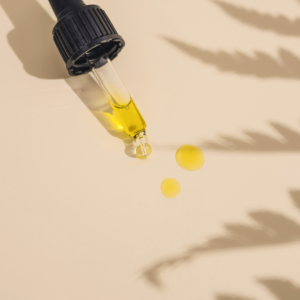
Benefits of Making Your Own CBD Oil
Besides the bragging rights, making CBD oil at home comes with real perks:
- Cost savings: High-quality CBD oil can be expensive. DIYing is often cheaper in the long run.
- Control over ingredients: No fillers, additives, or mystery carriers.
- Customization: Adjust strength, carrier oil, flavor, and even add other herbs.
- Sustainability: Less packaging, more reuse of bottles and jars.
It’s an empowering way to support your health while staying connected to the source of your wellness tools.
Final Thoughts: Is DIY CBD Oil Right for You?
Making CBD oil at home might not be for everyone, but it’s a rewarding, educational process that can deepen your relationship with plant-based wellness.
If you’re someone who enjoys experimenting in the kitchen, cares about ingredients, or just wants to make wellness more affordable, DIY CBD oil is absolutely worth a try. Start with small batches, track your process, and don’t be afraid to tweak your method. With some patience and care, you’ll be crafting oil that rivals anything you can buy in a store.
Frequently Asked Questions
1. How do you make CBD oil from scratch?
To make CBD oil from scratch, start by sourcing high-quality, CBD-rich hemp flower. First, decarboxylate the flower in the oven to activate the CBD. Then, infuse the decarbed flower in a carrier oil (like MCT or olive oil) using gentle heat for 2–3 hours. Finally, strain the oil to remove plant matter and store it in a dark glass bottle. That’s your homemade CBD oil—simple, customizable, and natural.
2. Can I extract my own CBD oil?
To make CBD oil from scratch, start by sourcing high-quality, CBD-rich hemp flower. First, decarboxylate the flower in the oven to activate the CBD. Then, infuse the decarbed flower in a carrier oil (like MCT or olive oil) using gentle heat for 2–3 hours. Finally, strain the oil to remove plant matter and store it in a dark glass bottle. That’s your homemade CBD oil—simple, customizable, and natural.
3. Is it cheaper to make your own CBD oil?
Definitely! Making your own CBD oil can be much more cost-effective, especially if you use it regularly. A store-bought bottle can run anywhere from $50–$150, while you can make a similar quantity at home for a fraction of the cost—all while controlling the strength and ingredients. Plus, you get the satisfaction of crafting something beneficial from start to finish.
4. How to make CBD oil out of bud at home for pain?
To make CBD hemp oil at home for pain relief, choose a hemp flower strain known for high CBD and calming effects (like Suver Haze or Elektra). Decarb the bud, infuse it into a carrier oil with anti-inflammatory properties (like MCT or olive oil), then strain and store. You can use the oil sublingually (under the tongue), mix it into food, or apply it topically on sore areas—just be sure to test small doses first to see how your body responds.




